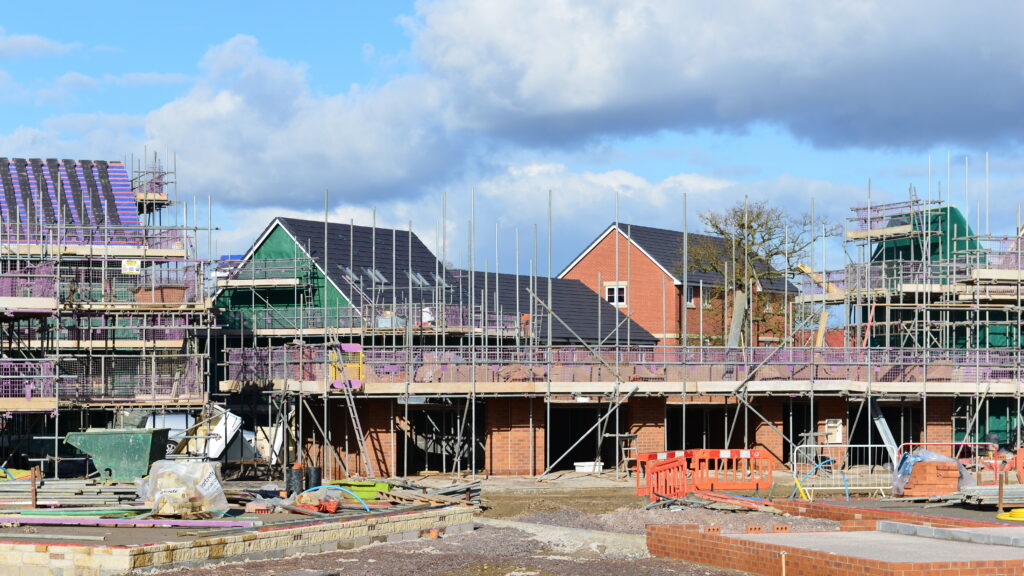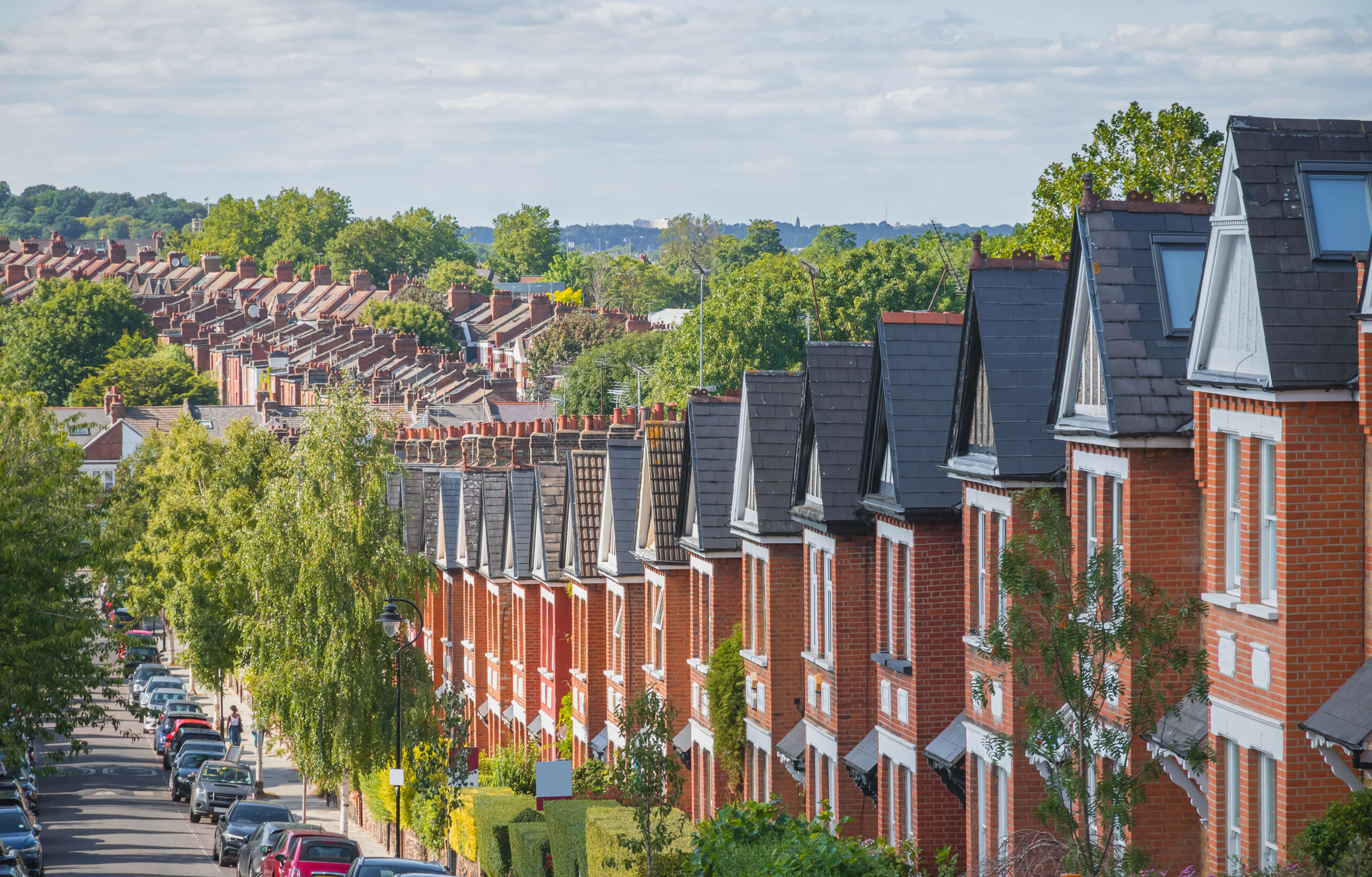In just three years, the UK has seen a seismic shift in everything from the economy to public health and even the way we work.
Although the pandemic drove a significant and rapid change in the commercial investment landscape, largely due to remote working en masse, more recent developments such as spiralling inflation, the 2022 mini-budget and the rising cost of borrowing are having an impact on how both property developments and investments will look over the next 12 months and beyond.
Here, we explore the trends across the commercial lending landscape that we expect to see taking shape in the coming year, from a renewed interest in urban property to the continued focus on eco builds.
Affordable urban areas will be most sought after for BTL portfolio investment
During and after the lockdowns in 2020 and 2021, some of the larger estate agencies were reporting record years of trading, driven in part by an exodus of city dwellers seeking rural, more remote properties with outside space, larger living areas, and designated home working areas – the proverbial “race for space”.
The increase in demand for regional and out-of-city properties rapidly pushed up prices, but a recent return to more office-based working (whether in full or a more hybrid design), has started to see activity and price growth in urban areas outperform that of more regional markets.
Price growth between 2020 and 2022 in the UK’s prime country and coastal markets grew by around 16%* which was widely recognised as being an unsustainable position despite a shortage of stock. As a result, price growth is beginning to steady in these areas, albeit worth noting that they continue to rise rather than fall. As an example, Torquay in Devon saw a 0.4% increase in property demand in 2022 against the 5-year average, compared with a boom of 31.1% in 2021. Equally, demand in East Kent was 26.7% higher than average in 2021, but by 2022 it was down to 0.5%.** That said, let’s not lose sight of the fact prices are still growing.
However, demand (and consequently price growth) is also increasing in well-connected urban areas which hold their own employment base and strong transport links – historically key priorities for urban central purchasers. The naysayers’ question around whether city-centre apartment living was “dead” appears to have been unfounded, as urban living looks to make a significant comeback in 2023 and beyond. And this is reflected in the type of projects we are being asked to fund, where development finance is again being targeted at urban apartment living whether it be for sale or rent.
Higher interest rates, inflation, the cost-of-living crisis, the possibility of a recession (although less likely than previously thought) and potential for extended travel disruption are all expected to impact buyer demand. With this in mind, it’s not surprising that well connected, prime towns and cities are most likely to be the biggest winners over the next few years.
Properties with greater insulation and carbon neutral development will be key

As of April 2023, landlords of commercial properties (unless exempt) must not let any buildings that have an EPC rating of less than E. This requirement for residential properties has been in place since April 2018 (new tenancies) and April 2020 (existing tenancies) and could well change in 2025 when the minimum threshold for new tenancies is expected to increase from E to C.
Meeting these higher energy efficiency standards are likely to become a legal requirement but can also be expensive to rectify. However, the cost of upgrading your property must be balanced against the potential loss of revenue from not being able to legally rent it. With this in mind and, given what appears to be the ever-increasing cost of utilities, a high scoring EPC should also be considered a selling point, with tenants/buyers recognising the cost-saving benefits of an energy efficient home with good insulation and glazing.
Commercial property developers continue to forge the way in terms of environmentally conscious construction. The commercial sector has been largely focused on green infrastructure for some time, in part to meet regulations but also to future-proof buildings and meet the rising economic and environmental demands of tenants. Ultimately, their future values and saleability will depend on their efficiency and sustainability, and this is a vital consideration for developers at the outset.
This is not lost on the residential market either although alternative, modern methods of construction have been slower to be rolled out on a large scale. The cost-of-living crisis and the rising cost of utilities are focusing the minds of residential buyers, tenants and developers alike. Factors like insulation, quality of glazing and fossil fuel usage versus renewable energy are key considerations for any residential developer, especially those retaining their properties within their portfolios and seeking to maximise rental income, minimise ongoing maintenance expenditure as well as minimising the risks of value loss and saleability in the future.
Rising interest rates and inflation will have a significant impact on the residential investment landscape
At the time of writing, the UK Inflation Rate is at 10.10%, compared to 5.40% in 2022, and significantly higher than the long-term average of 2.70%.
But what does all this mean for landlords and property investors?

Increased cost of borrowing
The era of low-cost mortgages has gone, at least for now and the challenge for some investors is that as their two, three and five-year fixed rates begin to expire, the cost of refinance is now significantly different. The world has turned in a very short period of time and what was previously a 2-3% mortgage could now cost well in excess of 5% today.
This typically results in borrowers having less money to expand their portfolio or to invest in or upgrade their existing properties. A further complication is that borrowers may be required to dispose of certain assets, that would otherwise be retained, to ensure a refinance is possible, which only goes to exacerbate the problem of rapidly declining stock of quality rental properties.
As an aside, when the increased cost of borrowing is combined with a dramatic upheaval in legislation for landlords, as we are currently seeing in Wales, the decision to exit the market for smaller portfolio landlords is becoming easier and increasingly common. The impact on available private rented stock and the potential for a consequent increase in rents across Wales is something we will need to monitor closely.
Variable rates become more attractive
When interest rates were comparatively low, a significant proportion of investors favoured longer, fixed rate loans, with a five-year fixed rate being the norm. Given BoE Base Rate sat at broadly 0% for an extended period of time, this is not an unreasonable stance to take.
However, as rates have increased at a staggering pace (and may still increase further), the trajectory has changed and where, only a few months ago, fixing for the longest period of time was an obvious choice, it is no longer always the best option. As borrowers seek to refinance, they are now considering variable rate options as well as shorter terms – for example, our variable rate, and two and three-year terms have become increasingly popular as we approach what we all hope will be the peak of rates and we start to consider potential decreases over the coming years.
As an alternative, some borrowers are also looking to bridging finance for short-term funding while the market balances out. Whilst this has the potential to be expensive, it could also be less costly than tying into a long-term fixed rate at the peak of the curve.
Development is still hit by rising costs, but labour and materials are in greater supply
Inflation has been a problem for developers since the end of the first Covid lockdown, when demand for certain materials and labour rapidly returned. The massive and sudden inflation of certain raw materials that we saw in 2022 appears to have abated and the availability of supplies has also returned to more normal levels, but costs are still comparatively high and inflation is in no way limited to food and fuel. Costs continue to rise and this extends beyond raw materials and out to labour and land. We have seen a considerable increase in the cost and availability of quality land for development for some time and there continues to be a lag between the increasing cost of development and vendor price expectations.
Combining higher material and wage costs with the potential for a decrease in end-unit value (in the short term) ultimately leads to a potential squeeze on developers’ profit margin and so, unsurprisingly, caution or delay in starting a project often wins out.
It has unquestionably been a challenging year for developers, investors and funders but there are some genuine reasons to be optimistic about the future. All other things being equal (which for the past decade has been easier said than done!), a deep recession appears to be materially less likely than originally forecast, inflation is projected to reduce rapidly over the coming months, yields are starting to strengthen again, and we should now be somewhere close to the top of curve in terms of cost of funds.
Whilst we may have seen enormous upheaval across the UK in the past three years, the underlying dynamics of the property market remain strong and we shouldn’t lose sight of that.
Keen to know more about the commercial lending landscape?
Talk to one of our experts today. Hodge is a long-term lending partner, and has helped clients build a bright future for more than 50 years. Based in Cardiff, our experienced team works with professional property developers and investors across England, Wales, and Scotland.
* https://www.savills.co.uk/research_articles/229130/330539-0
**Zoopla report – https://www.zoopla.co.uk/press/releases/urban-areas-see-homebuyer-demand-return-as-the-flight-to-rural-and-coastal-regions-runs-

